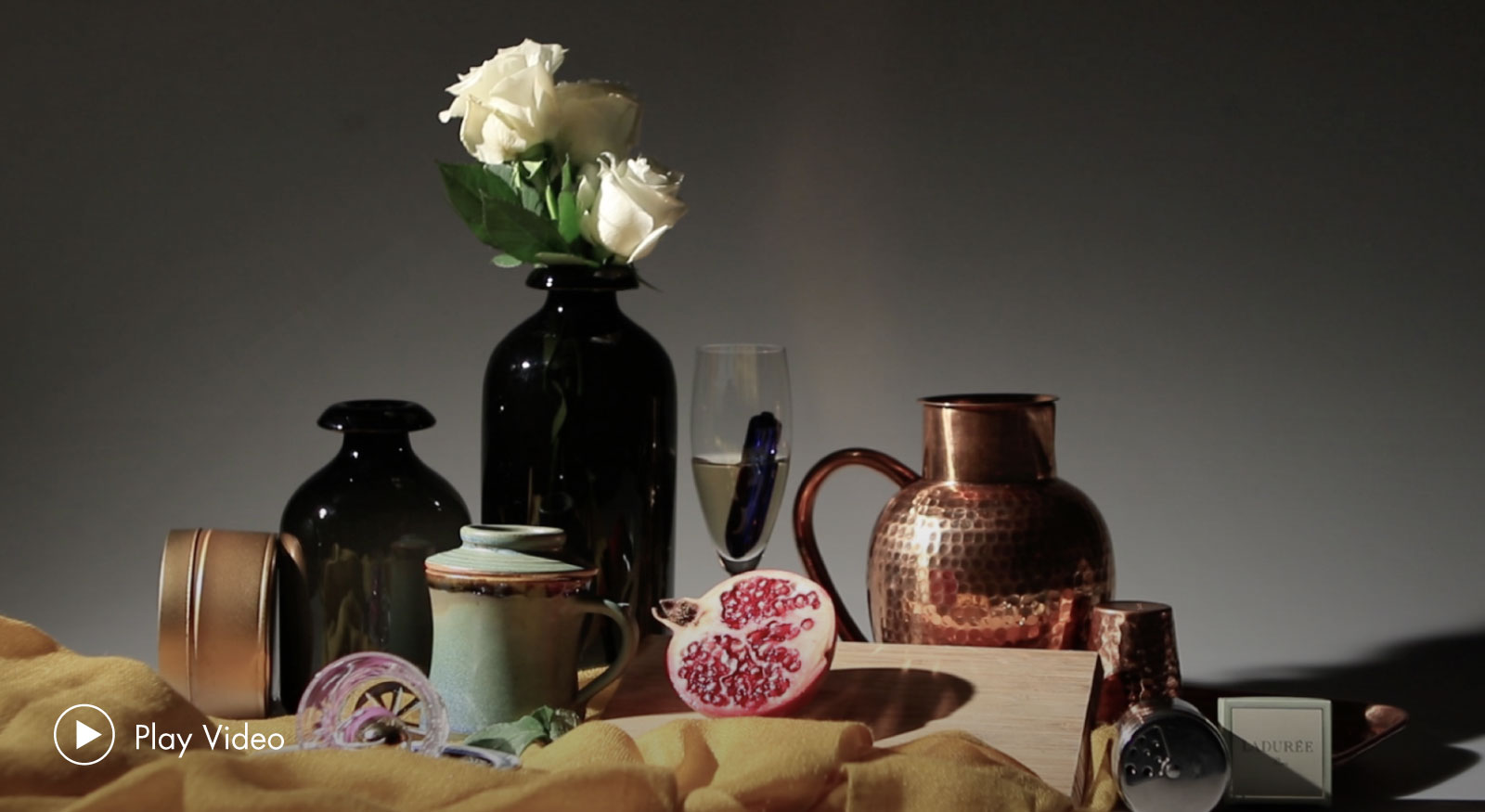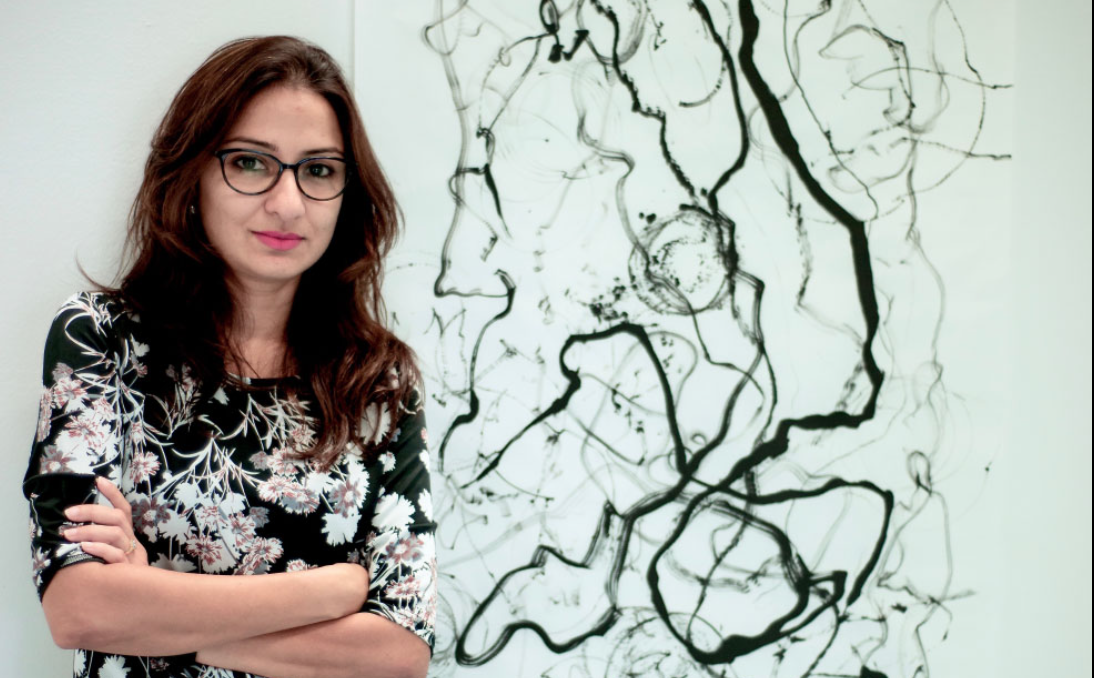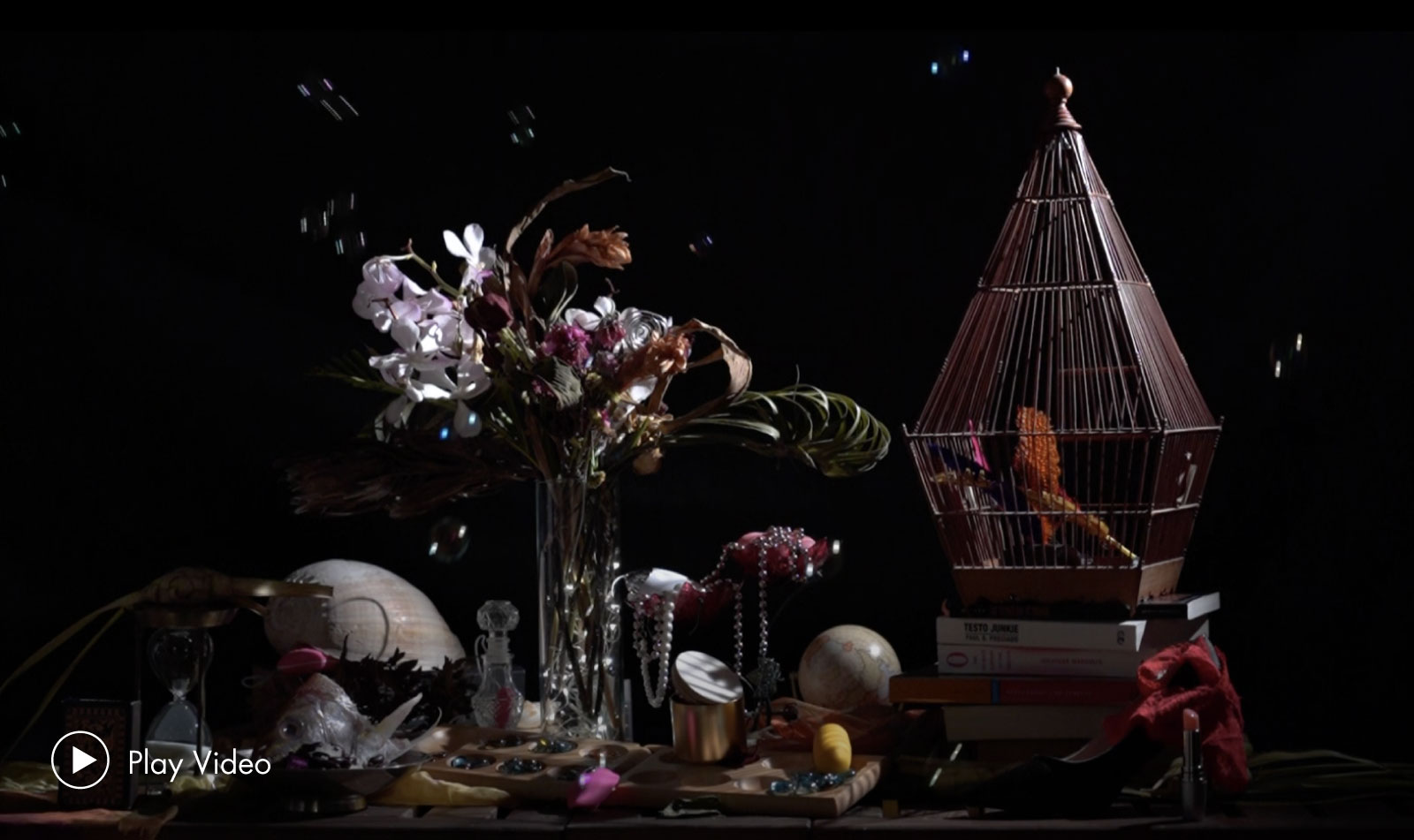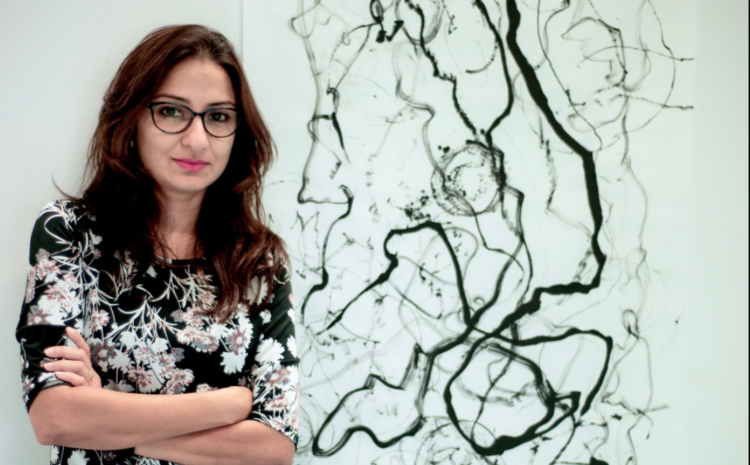Known as a multidisciplinary contemporary artist, Dipali Gupta is a key figure in the feminist art movement. With the absence of the female body, which is portrayed as sexual and objectified for the male gaze, her artwork further ruptures signifiers of female sexuality. She explores social norms to generate new meanings by gazing at them through the perspective of a woman.
Her recent video art piece aptly titled, Moving Still Life has been overtaken by the redness of the works, a feeling which oscillated between the one evoked by the women’s roles in society by referring to the lesser-known genre of still-life painting.

This bold aesthetic artwork involves everyday objects of domestic use, destabilizing the concept of feminine domestication as a normative social practice. The items (domestic containers) represent bodies that conceal these small pleasure bullets, which are arranged as a still life with a single point light. It’s also a reflection on painting, which has traditionally been a male-dominated pastime.
“The default position of images is feminine (Mitchell)”, as stated by J. W. T. Mitchell.

What Did You See and The Little Death are among the installation artworks which were showcased during the exhibition.
What did you see reinterprets notions of the male gaze and focuses on the ancient Japanese shunga (a form of sexual art). Meanwhile, The Little Death, used a variety of materials and artifacts that alluded to feminine sexual pleasure, domesticity, and reproduction.

“While our house has always been seen as a safe place for comfort and belonging, it now seems to be restricting, confining, and impeding freedom and movement,” said the 43-years old artiste.
These words resonated through Dipali’s exhibition at the Cuturi Gallery on Aliwal Street during Singapore Art Week. As we can see from her works, most of them are concerned with social conventions that we may consider idealistic but might be oppressing women.
The Mumbai-born is currently living and working between Malaysia and Singapore. Most of her works have been showcased across South East Asia exhibitions in Hong Kong, Kuala Lumpur, New Delhi, alongside collaborations, symposiums, and performances in Portugal and Singapore.
It’s a commentary of how we turn a blind eye to the wounds of women, sometimes even our own. Perhaps, for the unvoiced then, humiliation itself shrieks. It is time we pay attention!
Source: Tamilmurasu, DipaliGupta.net
Follow us on Instagram, Facebook or Telegram for more updates and breaking news.








